Nanda Devi and Valley of Flowers National Parks
By Koyeli Biswas
What are Nanda Devi and Valley of Flowers National Parks?
Situated at an altitude of 3,600 m (12,000 ft) above sea level, Nanda Devi and Valley of Flowers are two Indian national parks enriched with beautiful landscapes with outstanding biodiversity. The picturesque landscape of the Valley of Flowers and the beauty of the rugged mountains of Nanda Devi National Park complement each other. Both parks contain a variety of flora and fauna and rare species of animals.
Disclosure: This article contains affiliate links. Making a purchase through an affiliate link will mean a small commission for this website. This will not affect your price. Privacy policy.
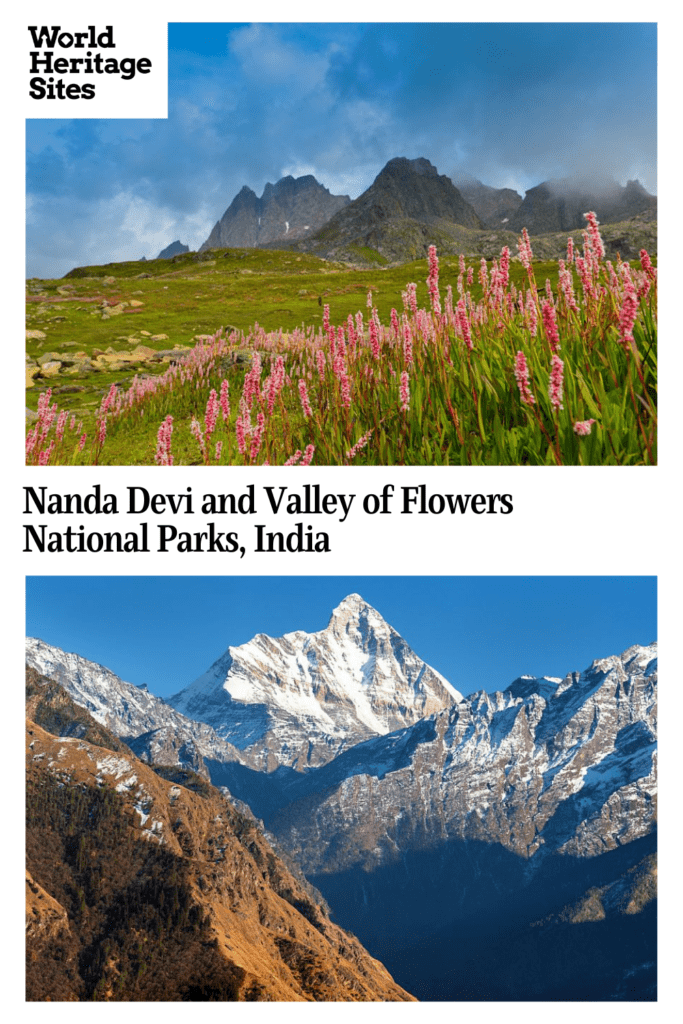
Why are Nanda Devi and Valley of Flowers a UNESCO World Heritage site?
The vast area of Nanda Devi National Park and Valley of Flowers National Park was accredited as a World Heritage site by UNESCO in 1988 for two reasons. First, it is an area of stunning beauty, with the rugged mountain scenery of Nanda Devi and the gentler landscape of Valley of Flowers. Secondly, the importance of the unique habitats within its borders for a diversity of flora and fauna makes its preservation important. Because of the varieties of flora and fauna, these places were re-ascribed by UNESCO as a World Network of Biosphere Reserve as well.
What can you expect on a visit to Nanda Devi and Valley of Flowers National Parks?
A trek to the Valley of Flowers will help you witness nature blooming in full glory, offering a breathtaking view of the entire Valley of Flowers. It is one of India’s most adventurous trekking places, with gorgeous cascading waterfalls, wild streams, beautiful landscapes, and dazzling greenery. In addition, orchids, poppies, marigolds, daisies – over 600 species of flowers – enhance the beauty of the place. Sub-alpine forests of birch and rhododendron cover some parts of the area. Gray langur, flying squirrel, the Himalayan weasel, black bear, red fox, snow leopard, Himalayan monal, and more amazing wildlife nestle in the valley.
Nanda Devi Biosphere is also a scenic habitat with a wide variety of flora and fauna. Rare species like snow leopard, Asiatic black beer, Himalayan brown bear, Himalayan musk deer, and bharal are protected in the park.
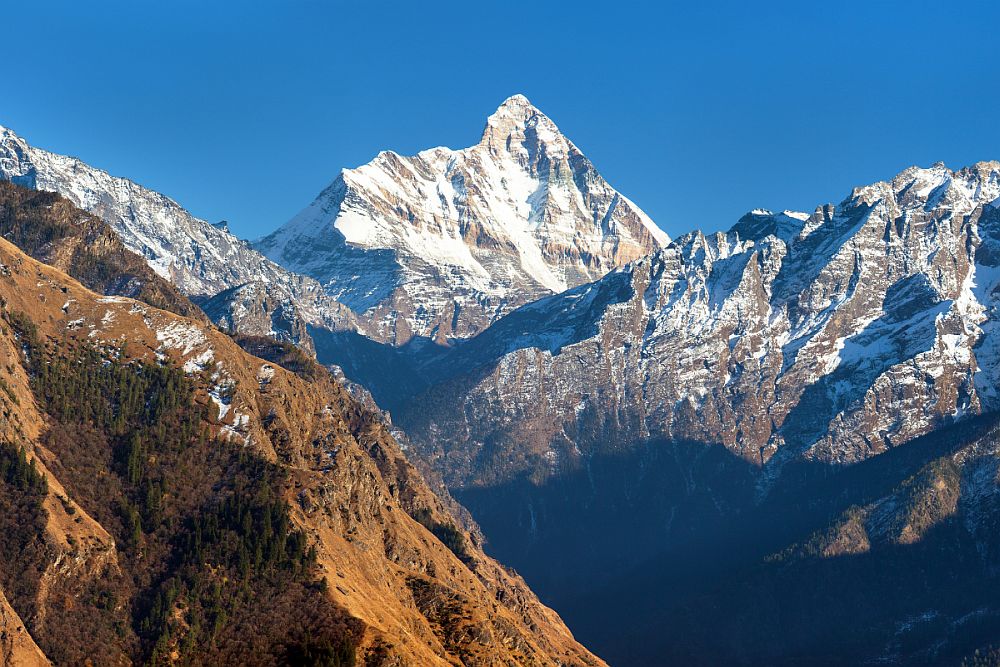
Are Nanda Devi Park and Valley of Flowers worth visiting?
Nanda Devi and Valley of Flowers are worth visiting for many reasons. The incredible trek route through mountains, beautiful waterfalls, variety of flora and fauna make the journey enjoyable. The surrounding Himalayan peaks, the colorful flowers, and expansive grassland greenery make the valleys enchanting and picture-perfect.
What sorts of travelers would enjoy Nanda Devi and Valley of Flowers?
Travelers who want to spend days in the lap of nature will surely like this place. Nanda Devi and Valley of Flowers are ideal for travelers who enjoy trekking and prefer to go somewhere in harmony with nature. It will help if you are physically fit to do the adventurous trek to the experience of a lifetime.
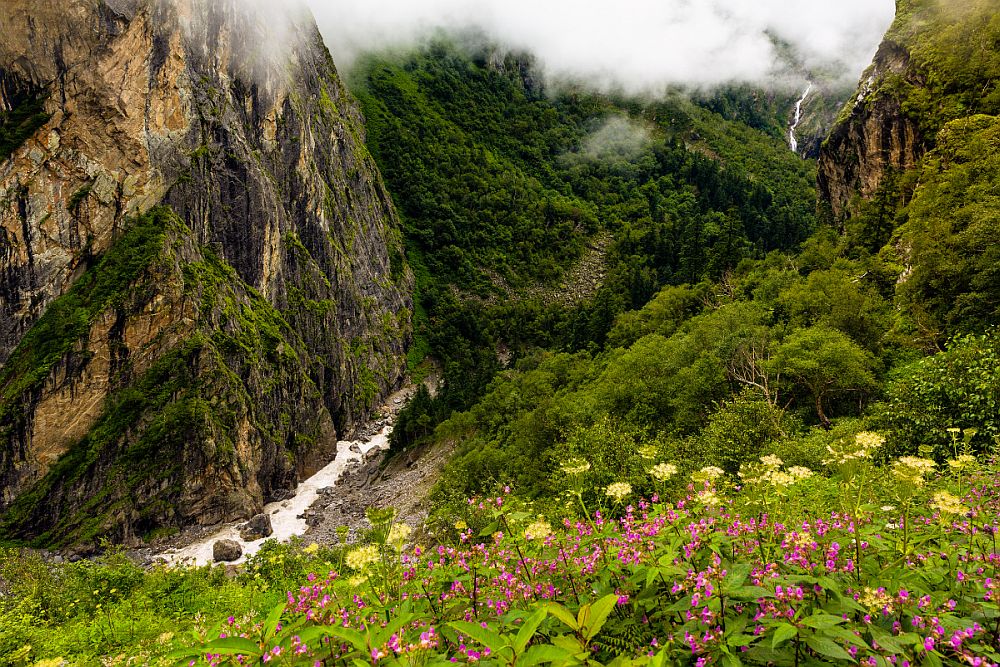
Tips for visiting Nanda Devi and Valley of Flowers National Parks
To experience the best climate and the stunning beauty of nature, mid-June to mid-September is the best time to visit Nanda Devi National Park. The area turns into a botanical wonderland during this time.
The Valley of Flowers can also be accessed in the months of June to October. The flowers are in full bloom between July and mid-August, so that is the best time to visit the valley.
Generally, the park remains closed from November to April due to extremely cold temperatures and snowfall. You have to hire a registered guide who accompanies every five visitors above 14 years.
Visitors need to purchase an entry ticket at the Valley of Flowers entrance. The permit from the Forest Department costs ₹150 for Indians and ₹600 for foreigners, which is valid for up to three days. For an extra day, you will have to deposit more.
Entry to the Valley of Flowers opens at 7am every day, and the last entry is allowed until 2pm. Camping is prohibited here, so you have to return to Ghangaria the same day.
To protect its biodiversity, Nanda Devi National Park is partially opened for a set number of tourists. The entry fee for Indian citizens is ₹50 and for non-Indians is ₹150, and it is valid for up to 3 days.
Wear comfortable shoes for trekking. Carry light accessories. Take a raincoat and an extra pair of clothes as there can be rain anytime.
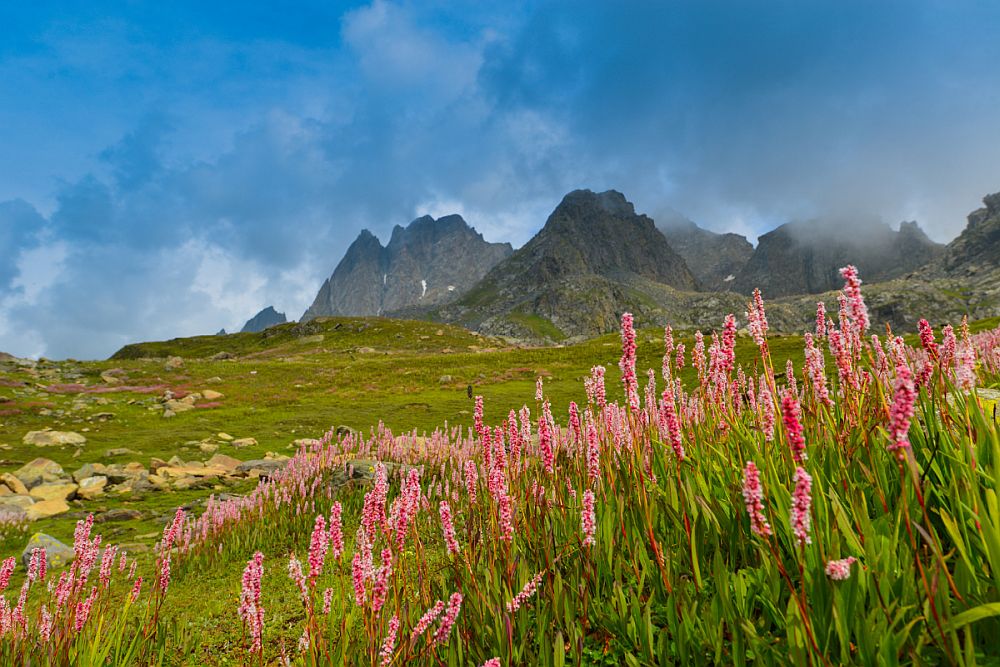
Where are Nanda Devi and Valley of Flowers National Parks?
To reach there via air, you have to reach Jolly Grant airport in Dehradun. If you want to travel by train, arrive at Haridwar railway station. From either airport or rail station, you can reach Joshimath via an almost ten-hour drive.
Use this website to book flights, trains, buses and/or taxis in India.
Chances are you’ll spend at least a night in Joshimath. For accommodations in Joshimath, click here.
From Joshimath, it takes one hour to reach Govind Ghat, the closest point by road to the Valley of Flowers. A 13-km (8 mi) trek from Govind Ghat along the mountain trail leads you to Ghangaria, and the main spot of the valley is three kilometers (2 miles) from here.
The Nanda Devi National Park can be reached by trekking from Lata village (2000 meters) to Dharansi (4250 meters), the topmost point. From Joshimath, it takes almost one hour by road to reach Lata village.
Have you been to Nanda Devi and the Valley of Flowers? If so, do you have any additional information or advice about this UNESCO World Heritage site? Please add your comments below!

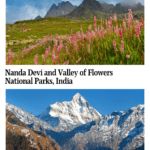
Amazing pictures, thanks for the informative content.